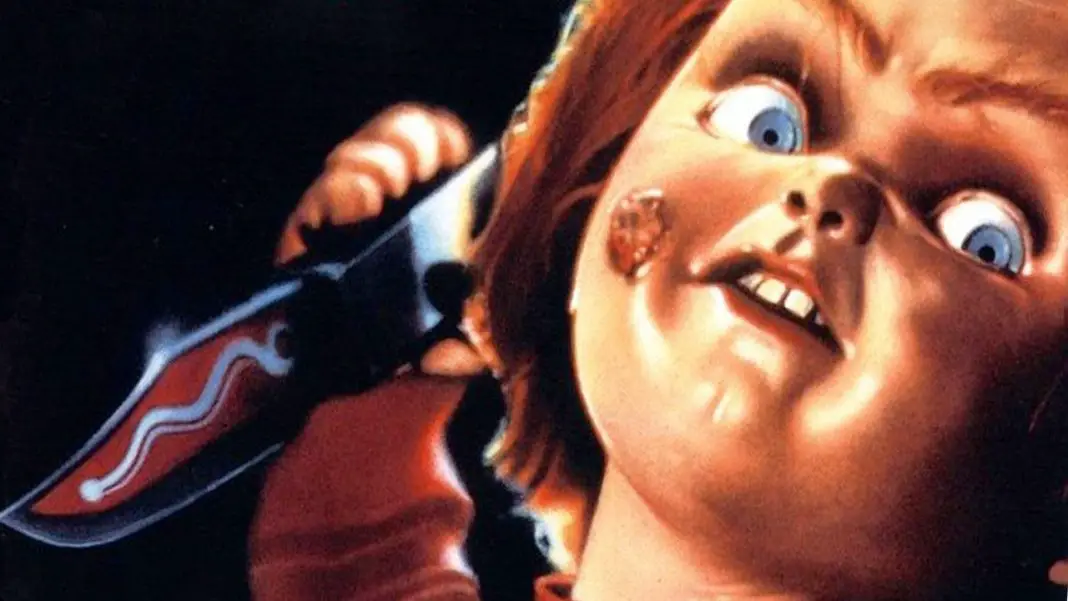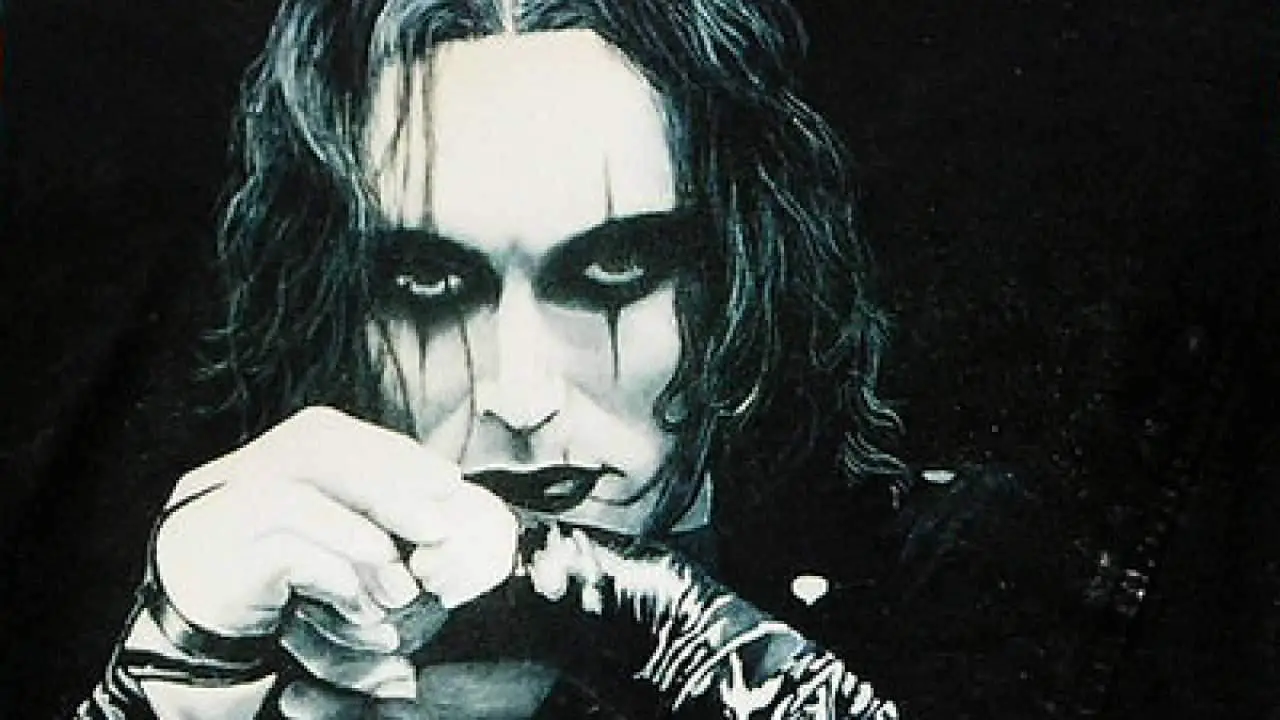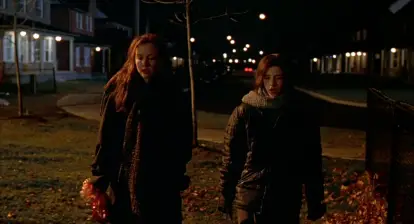By the late 1980’s, horror had gone pretty stale. In some ways it was to be expected. The ‘80’s were a golden decade for genre movies. The major franchises had all cemented themselves and there was a new horror feature (or ten) being released in theaters every weekend. The franchises were competing against each other.
1988 saw the releases of new Friday the 13th, Halloween and Nightmare on Elm Street movies. While they were still financially successful (The Dream Master in particular launched Freddy to superstardom that would fizzle out with the next Elm Street release the following year) fans were getting tired of the relentless output and had begun demanding something new. What they got was Chucky, the last horror hero of the 1980’s.
There had been killer toy movies before Child’s Play and there were certainly plenty that followed it. But there is a reason that whenever this subgenre is mentioned, Child’s Play is immediately the one that jumps into people’s minds. It’s the classic. It worked on every level. This feature understood why the notion of a killer doll was frightening to begin with. Chucky was not an old, tattered porcelain doll, a Victorian relic. He wasn’t a mysterious antique found in a pawn shop inside an old wooden box.
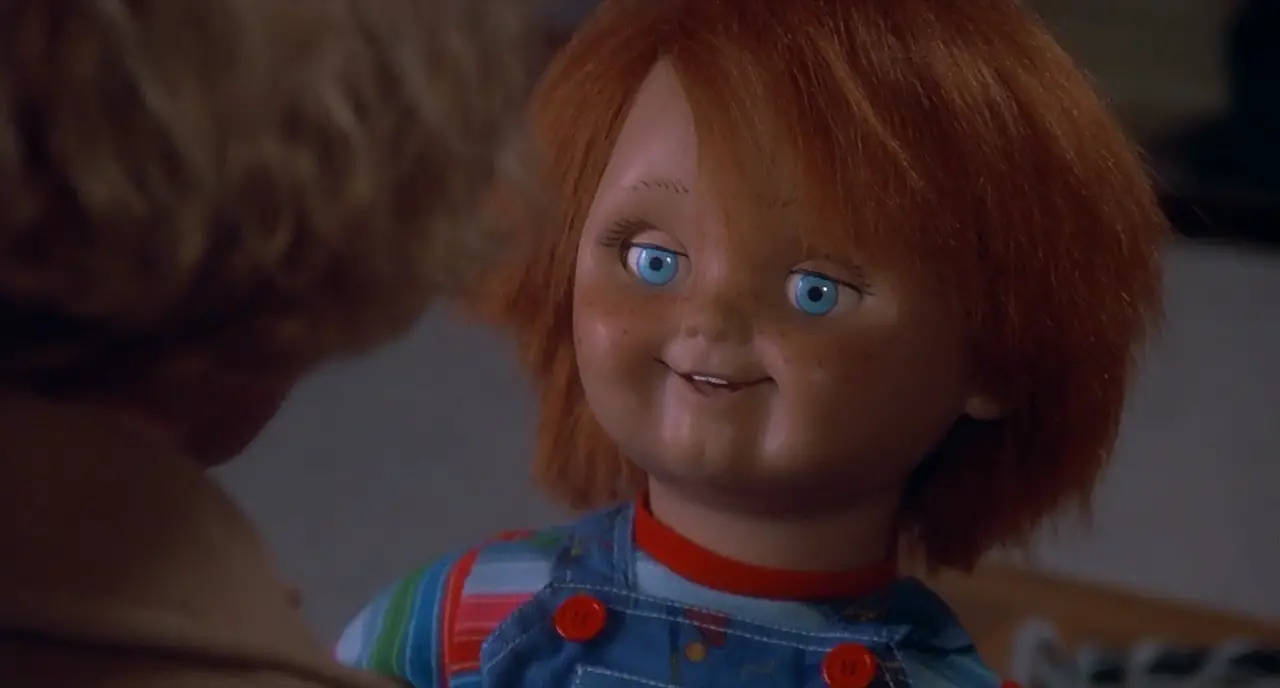
Andy Barclay is the hero of Child’s Play and, naturally, he is a six year old boy. It’s his birthday and there’s only one thing he wants: a Good Guy doll. But his family is working-class and can’t afford a brand-new doll like this without saving up for it. So Andy’s mother Karen ends up buying the doll from a peddler in an alley, who is later revealed to have found it in a burned-out toy store.
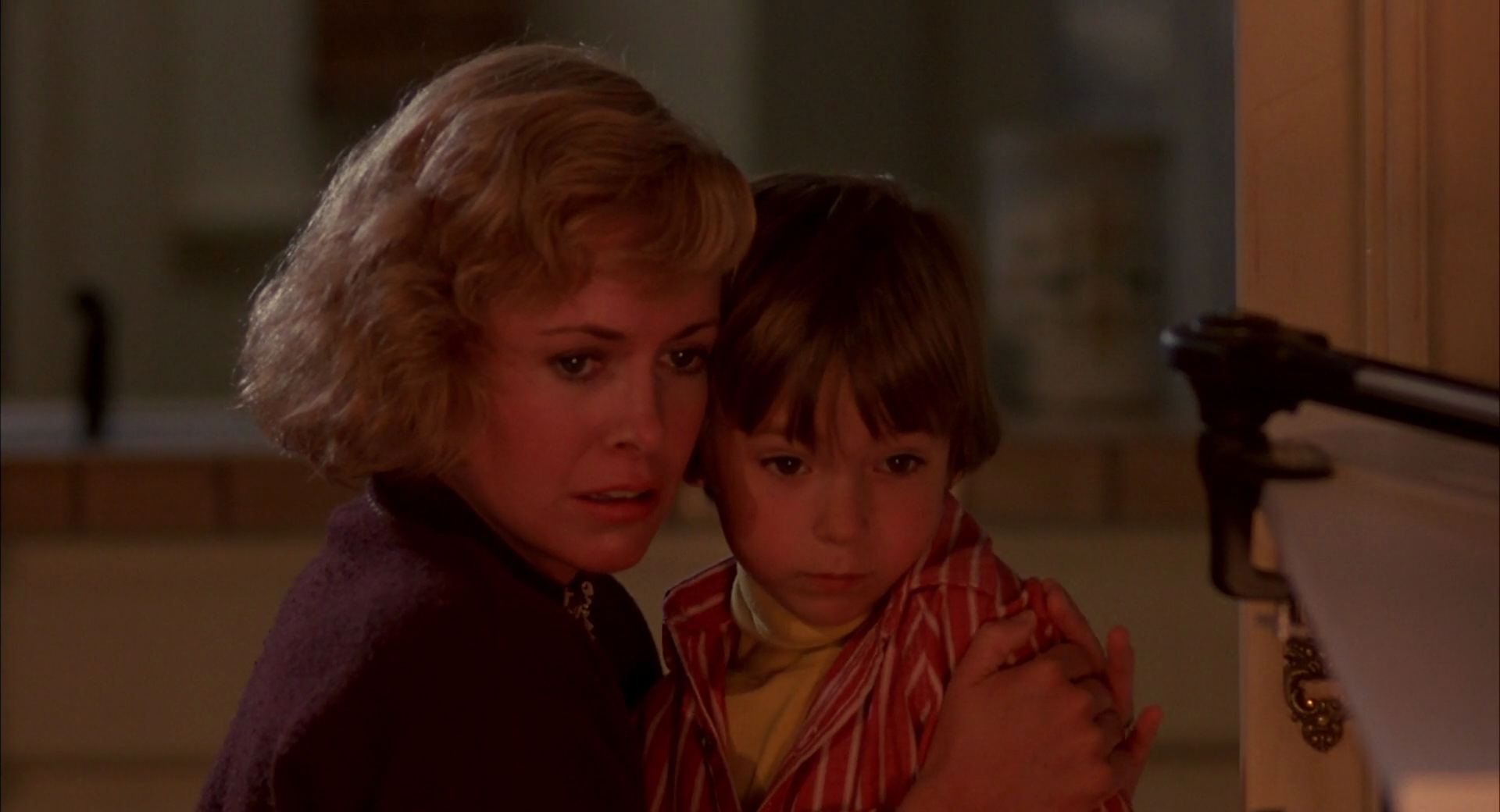 This store is where serial killer Charles Lee Ray died. A serial killer who dealt in voodoo and spoke a voodoo chant to pass his soul into the doll just before he was struck by lightning and killed. But Karen doesn’t know any of this. If she did, she’d probably consider waiting to pick up the doll as a Christmas present.
This store is where serial killer Charles Lee Ray died. A serial killer who dealt in voodoo and spoke a voodoo chant to pass his soul into the doll just before he was struck by lightning and killed. But Karen doesn’t know any of this. If she did, she’d probably consider waiting to pick up the doll as a Christmas present.
Andy is thrilled when he is presented with the doll and forms an immediate bond with it. It’s perfectly natural, Andy is young and an only child, but he starts to treat Chucky as real almost right off the bat. Nothing’s considered out of the ordinary until Andy’s babysitter (and Karen’s best friend) is killed. Andy claims Chucky did it. Andy also says that Chucky told him that the babysitter was “a mean old bitch who got what she deserved.”
The early portions of the movie definitely do a good job of setting up the remote possibility that Andy might be the killer, but we’ve already seen enough of the doll in action to know that that’s not the case. It almost doesn’t matter, though, because enough is put into everyone around Andy believing that Andy is probably responsible and coming to terms with that even before they entertain the possibility that he might be telling the truth.
 The scariest scene in the film comes when Karen realizes that the doll has not had any batteries inside of it since she gave it to her son. It has been “talking,” saying its three sentences and none of that was out of the ordinary until she realizes that it was impossible. This scene changes the whole movie because, up until this point, we have only seen Chucky blink or shift his eyes and nothing more.
The scariest scene in the film comes when Karen realizes that the doll has not had any batteries inside of it since she gave it to her son. It has been “talking,” saying its three sentences and none of that was out of the ordinary until she realizes that it was impossible. This scene changes the whole movie because, up until this point, we have only seen Chucky blink or shift his eyes and nothing more.
Here, the doll comes alive in Karen’s hands and the great effects work by Kevin Yagher and co. leaps onto the screen for the first time. The amount of work put into bringing this doll to life was absolutely insane, but it was all worth it. The end result is astounding. The combination of animatronics, puppetry and an actor inside of a suit make for a doll that can do virtually anything on screen. Combine this with a chilling and darkly humorous voice performance from Brad Dourif and you have a large part of what made Chucky such a lasting icon.
While Child’s Play is certainly a well written film, creator Don Mancini’s original script was almost entirely different. It was a more straightforward commentary on consumerism and the toy industry (although some of that certainly made it into the final version), in this version Andy’s mother is the CEO of the toy company behind the doll.
 The original script titled Blood Buddy is about a doll that bleeds synthetic blood so that parents and kids also have to buy Play Pals brand band aids to patch it up. Andy is a lonely kid, he doesn’t have a lot of friends, so he takes to the doll immediately. He makes a blood pact with the doll, cutting his hand and the doll’s hand and mixing the blood together and this is what results in the doll coming to life.
The original script titled Blood Buddy is about a doll that bleeds synthetic blood so that parents and kids also have to buy Play Pals brand band aids to patch it up. Andy is a lonely kid, he doesn’t have a lot of friends, so he takes to the doll immediately. He makes a blood pact with the doll, cutting his hand and the doll’s hand and mixing the blood together and this is what results in the doll coming to life.
In this original script, the doll is not alive in the fully-formed sense that Chucky would be. Instead, the doll is a manifestation of Andy’s id. It targets authority figures and other people that children might harbor a subconscious resentment towards. It’s killing people without Andy even realizing what the doll’s doing or that he’s the one responsible for it. While this was changed in the final film, scenes from this original script have made it into every single Child’s Play sequel that followed—including the teacher in 2, the bathtub scene in Bride of Chucky and the courtroom scene in Curse of Chucky.
Still, there’s enough in the background of Child’s Play for it to work as a satire on consumerism and the toy industry. There are Good Guy products all over this movie. And the doll is taking over the child’s life, even attempting to steal his body and soul, which was an actual criticism made of consumer toys in the 1980’s.
Tom Holland was brought in to direct the film and was the primary reason for the script being changed as much as it was. He was the driving force behind the voodoo elements of the script that provided a new supernatural explanation for Chucky as well as giving the doll a goal. Holland was coming off of the success of his directorial debut Fright Night and his script for Psycho II. He proved to be the perfect director for a project like this, harkening back to the classic Trilogy of Terror as well as taking many suspense cues from Hitchcock.
 The film was a major success almost immediately as soon as it opened. It was so successful, in fact, that a sequel was put into production almost immediately. While Mancini had always hoped on a series, a sequel was the furthest thing from Holland’s mind. In fact, the reason the doll was so elaborately destroyed at the end of the picture was because Holland wanted to leave the doll in such a state that there was no possible way that it could come back.
The film was a major success almost immediately as soon as it opened. It was so successful, in fact, that a sequel was put into production almost immediately. While Mancini had always hoped on a series, a sequel was the furthest thing from Holland’s mind. In fact, the reason the doll was so elaborately destroyed at the end of the picture was because Holland wanted to leave the doll in such a state that there was no possible way that it could come back.
Holland did not return for the sequel, but Mancini did, and he has gone on to write every sequel in the franchise. After 25 years, Dourif and Mancini have proved to be what keeps the series fresh and strong. A writer is not interested in repeating themselves when they make a commitment to a franchise, so every sequel in the Child’s Play franchise is refreshingly different. The second film sees Andy trying to adjust to a new environment and a foster family that isn’t totally welcoming, the underrated third entry takes the action to a military school where Chucky returns to hunt the now teenaged Andy, Bride of Chucky is a romantic comedy/road movie that succeeds on the brilliant conceit of basically being Natural Born Killers with dolls, Seed of Chucky is a gender-bending exploitation slapstick show of tastelessness in the spirit of John Waters and Curse of Chucky is an isolated thriller in the vein of De Palma and Hitchcock.
The franchise has spawned comics, novels, iPhone games, action figures and of course dolls. Far removed from his satirical beginnings, Chucky is an icon and even a household name. The movie is now over 25 years old and kids are still terrified of him. And yet they love him. They can’t get enough of him. Really, who can? He’s a three-foot antihero with a serious authority problem and an even more series Napoleon complex. He speaks his mind and does whatever the hell he wants. He can be funny and frightening from one moment to the next. And even though he may disappear for a few years, but he never fades into obscurity, and he always comes back.
